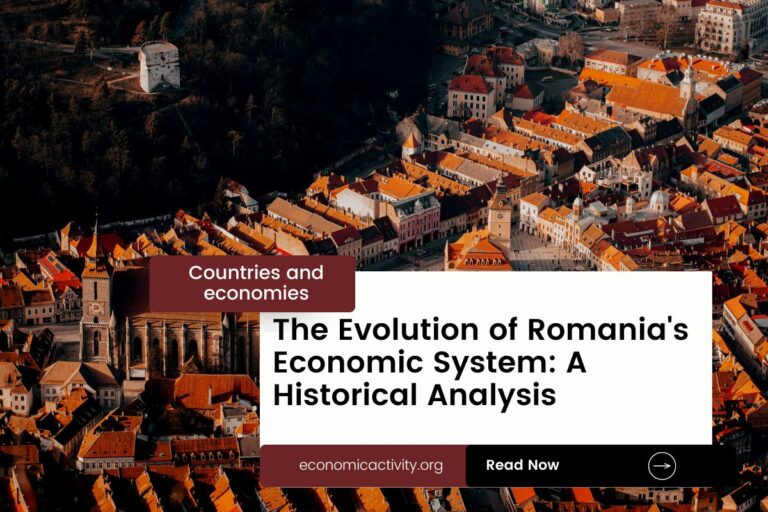Zimbabwe, with a population of 16,320,537, is ranked 71st globally, just behind Cambodia. Located in southern Africa, it covers 390,760 square kilometers, ranking 60th worldwide, slightly smaller than Paraguay.
Zimbabwe’s economic position in 2022 showcases a GDP of $27,366,627,153.08, ranking 109th globally, trailing behind Senegal with a GDP of $27,684,264,748.23. The GDP per capita for Zimbabwe in 2022 stands at $1,676.82, placing the country at the 152nd position, lagging behind Kiribati with a GDP per capita of $1,701.97.
Despite facing challenges, Zimbabwe’s economy is striving to improve its standing and foster sustainable growth in the coming years.
What are the economic activities of Zimbabwe?
- Primary activities: 12% of GDP.
- Secondary activities: 22.2% of GDP.
- Tertiary activities: 65.8% of GDP.

Primary Sector of Zimbabwe
The primary sector in Zimbabwe is dominated by agricultural activities due to its favorable climate and abundant natural resources. Agriculture accounts for 41.88% of the country’s land area, with key products including sugarcane, maize, beef, milk, cassava, wheat, bananas, vegetables, tobacco, and cotton.
Despite contributing 12% to the GDP, agriculture plays a crucial role in the economy by providing a diverse range of crops and animal products. The sector’s significance lies in the variety of agricultural outputs, supporting livelihoods and ensuring food security for the nation.
The country’s geological diversity contributes to a rich array of natural resources. Coal, chromium ore, asbestos, gold, nickel, copper, iron ore, vanadium, lithium, tin, and platinum group metals drive the economy, with significant impact on various sectors.
Secondary Sector of Zimbabwe
What is the secondary sector or what are secondary activities?
The secondary sector encompasses industries that transform raw materials from primary activities into finished products for consumption. In Zimbabwe, the main industrial products include steel, cement, chemicals, fertilizer, clothing and footwear, foodstuffs, and beverages. These products are manufactured for domestic consumption and export, contributing significantly to the country’s economy.
Manufactures in Zimbabwe’s total exports only accounted for 7.55% in 2023, indicating their limited significance in the country’s export sector.
Tertiary sector of Zimbabwe
What is the tertiary sector or what are tertiary activities?
The tertiary sector in Zimbabwe encompasses a wide range of services where individuals provide knowledge and time to enhance productivity and meet various needs. This sector includes intangible goods like advice, attention, and expertise, catering to both consumer and business-to-business needs. Key tertiary activities in Zimbabwe are healthcare and medical care, education and training, banking and finance, communication and information exchange, tourism and hospitality, transportation and logistics, and security and protection.
In particular, Zimbabwe’s economy heavily relies on tourism, contributing significantly to its GDP. With 2,294,000 annual arrivals, comprising 0.1406 of its population, the industry thrives. Victoria Falls, a UNESCO World Heritage Site, and Hwange National Park, renowned for its diverse wildlife, are among the most popular destinations, attracting visitors from across the globe.
Another example of tertiary economic activity is the mobile cellular sector, with 14 million subscriptions supporting technological growth. This connectivity fosters innovation, enhances communication, and drives digital services.
Military Activities and Economic Sectors of Zimbabwe
The military is a good example of how different economic activities work together. In Zimbabwe, the primary sector helps by providing resources needed for military use. The secondary sector focuses on making military equipment. The tertiary sector includes services like training and support. The quaternary sector is about research and development for better technology. Lastly, the quinary sector involves high-level decisions and strategies for military actions.
In 2023, Zimbabwe’s military expenditure is 870.4 million US dollars, which is 0.43% of the country’s GDP. The active military force has 29,000 personnel, giving a ratio of 3.6 active military members per 1,000 people in the population.
Biggest company in Zimbabwe
Which is the biggest company in Zimbabwe? The largest company is Copperbelt Energy, with a market value of $0.4 billion. It operates in the energy industry, focusing on providing electricity and power solutions. Copperbelt Energy was founded in 1997, contributing to Zimbabwe’s primary economic sector.
International Trade of Zimbabwe
Import Activities of Zimbabwe

Zimbabwe’s high import activities, accounting for 37% of GDP, are crucial for meeting domestic demand and supporting economic growth.
Zimbabwe’s main import partners are South Africa, China, Singapore, UAE, and Mozambique. The country primarily imports refined petroleum, fertilizers, trucks, soybean oil, and electricity.
Exports Activities of Zimbabwe

In 2023, Zimbabwe’s total exports amounted to $7,225,585,953.31, representing 27.96% of its GDP. This medium-high level underscores the significant role export activities play in the country’s economy, driving growth and creating employment opportunities.
Zimbabwe’s export activities focus on gold, nickel, tobacco, iron alloys, and diamonds. Its main export partners are the UAE (57%), South Africa (17%), China (7%), Belgium (4%), and Mozambique (2%).
Zimbabwe economy challenges in 2024
Zimbabwe, a low-income Sub-Saharan economy, struggles with political instability and corruption in 2024. Efforts to combat hyperinflation with the new ZiG currency face challenges. The country relies on natural resources, agriculture, and remittances, but debt restructuring remains stalled.




Leave a Reply